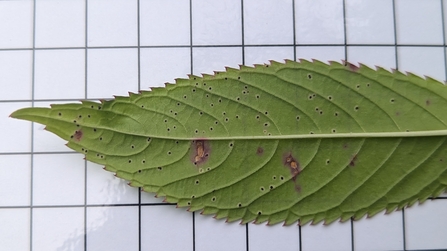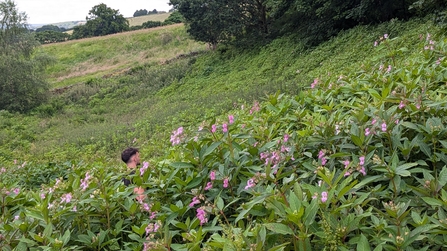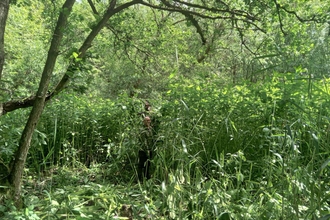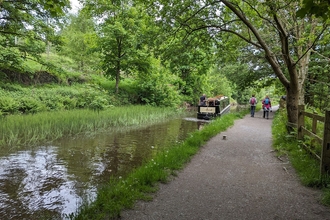Instantly recognisable for its pink flowers, Himalayan balsam has rapidly become one of the UK’s most invasive weed species and is found extensively along riverbanks, road and rail routes. The plant can cause erosion along riverbanks and grow to heights of up to three metres, smothering all other native plant species in the area.
As a result, controlling the spread by manually removing plants has historically been a labour-intensive process. In 2025 it took Yorkshire Wildlife Trust, which leads the Yorkshire Invasive Species Forum, 700 hours across two months of work.
An alternative method of biological control, which involves the release of rust fungus – a natural enemy of the plant found across its native range in India and Pakistan – has now been trialled at sites across Yorkshire through collaboration with CABI, the National Trust and Yorkshire Water.
Releases happened during summer 2024 and the rust has successfully survived the winter months, naturally re-infecting seedlings this year - meaning it has the long-term potential to help control the plant naturally.




